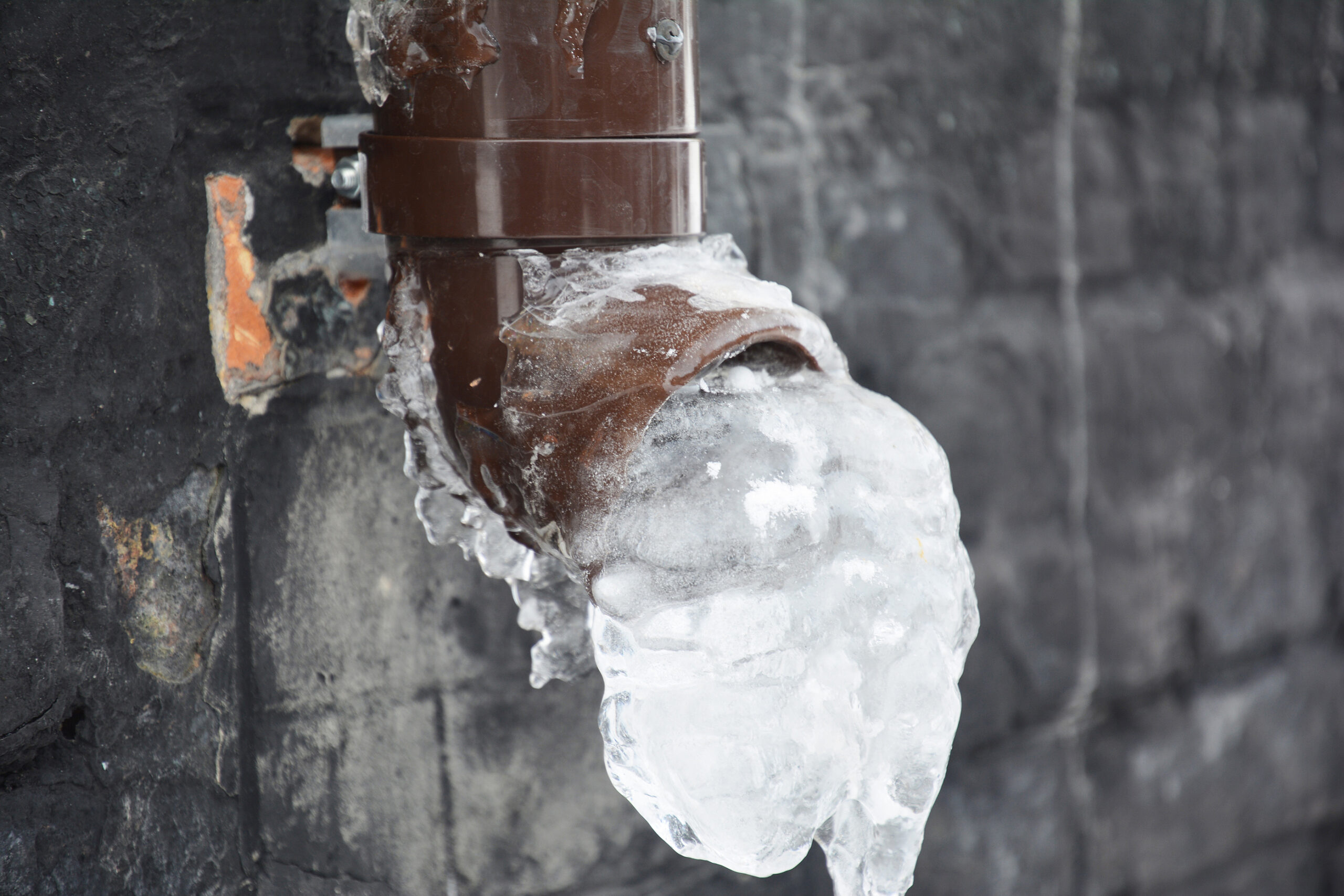Protecting Your Pipes from Freezing Issues: Essential Approaches
Protecting Your Pipes from Freezing Issues: Essential Approaches
Blog Article
What are your ideas about How to prepare your home plumbing for winter weather?
:strip_icc()/snow-outdoor-faucet-pipes-4af65d1e5e904fb1aa7bf74071fe5d89.jpg)
Winter can ruin your plumbing, particularly by freezing pipelines. Here's just how to prevent it from taking place and what to do if it does.
Introduction
As temperature levels drop, the threat of frozen pipes rises, potentially causing expensive repair services and water damage. Recognizing how to avoid icy pipelines is crucial for house owners in cool environments.
Prevention Tips
Insulating prone pipelines
Cover pipelines in insulation sleeves or utilize warmth tape to protect them from freezing temperature levels. Concentrate on pipelines in unheated or external locations of the home.
Home heating methods
Keep indoor rooms adequately warmed, specifically areas with pipes. Open up cabinet doors to permit cozy air to circulate around pipes under sinks.
Exactly how to identify icy pipes
Look for lowered water flow from taps, unusual smells or noises from pipelines, and visible frost on subjected pipes.
Long-Term Solutions
Architectural adjustments
Take into consideration rerouting pipes far from exterior walls or unheated locations. Include extra insulation to attics, cellars, and crawl spaces.
Updating insulation
Invest in top notch insulation for pipelines, attics, and walls. Appropriate insulation assists preserve consistent temperatures and minimizes the threat of frozen pipelines.
Protecting Outdoor Pipes
Yard hoses and outdoor faucets
Disconnect and drain yard hoses prior to winter. Install frost-proof faucets or cover outside faucets with shielded caps.
Understanding Icy Pipelines
What triggers pipes to ice up?
Pipes freeze when revealed to temperature levels below 32 ° F (0 ° C) for extended durations. As water inside the pipes ices up, it broadens, taxing the pipe walls and possibly causing them to break.
Dangers and problems
Frozen pipelines can result in water supply interruptions, home damages, and expensive repair services. Ruptured pipes can flood homes and trigger extensive structural damage.
Indications of Frozen Piping
Identifying frozen pipes early can prevent them from rupturing.
What to Do If Your Pipes Freeze
Immediate actions to take
If you presume frozen pipes, keep taps open to alleviate stress as the ice melts. Use a hairdryer or towels soaked in hot water to thaw pipelines slowly.
Conclusion
Preventing icy pipelines needs proactive measures and fast actions. By understanding the reasons, indications, and preventive measures, home owners can secure their plumbing throughout cold weather.
5 Ways to Prevent Frozen Pipes
Drain Outdoor Faucets and Disconnect Hoses
First, close the shut-off valve that controls the flow of water in the pipe to your outdoor faucet. Then, head outside to disconnect and drain your hose and open the outdoor faucet to allow the water to completely drain out of the line. Turn off the faucet when done. Finally, head back to the shut-off valve and drain the remaining water inside the pipe into a bucket or container. Additionally, if you have a home irrigation system, you should consider hiring an expert to clear the system of water each year.
Insulate Pipes
One of the best and most cost-effective methods for preventing frozen water pipes is to wrap your pipes with insulation. This is especially important for areas in your home that aren’t exposed to heat, such as an attic. We suggest using foam sleeves, which can typically be found at your local hardware store.
Keep Heat Running at 65
Your pipes are located inside your walls, and the temperature there is much colder than the rest of the house. To prevent your pipes from freezing, The Insurance Information Institute suggests that you keep your home heated to at least 65 degrees, even when traveling. You may want to invest in smart devices that can keep an eye on the temperature in your home while you’re away.
Leave Water Dripping
Moving water — even a small trickle — can prevent ice from forming inside your pipes. When freezing temps are imminent, start a drip of water from all faucets that serve exposed pipes. Leaving a few faucets running will also help relieve pressure inside the pipes and help prevent a rupture if the water inside freezes.
Open Cupboard Doors
Warm your kitchen and bathroom pipes by opening cupboards and vanities. You should also leave your interior doors ajar to help warm air circulate evenly throughout your home.

As a passionate person who reads on Prevent Frozen Pipes , I figured sharing that piece of content was really useful. For those who enjoyed reading our post please make sure you remember to share it. We recognize the value of your readership.
Need Help? Hire Us Now! Report this page